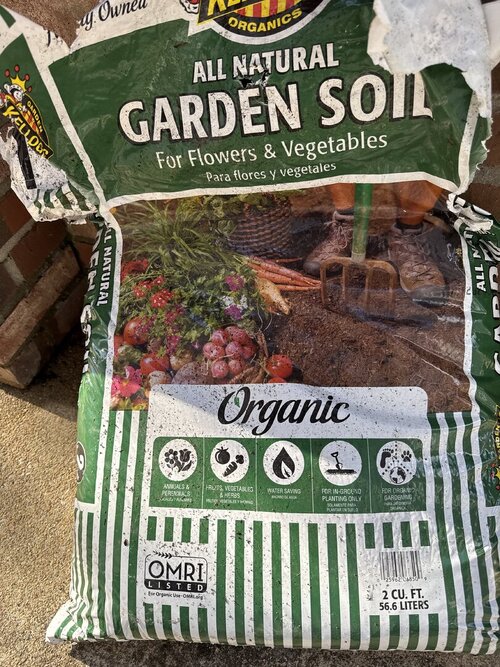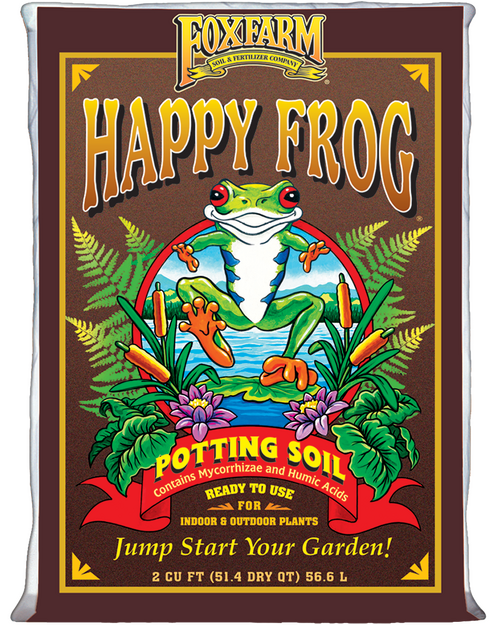Navigation
Install the app
How to install the app on iOS
Follow along with the video below to see how to install our site as a web app on your home screen.
Note: This feature may not be available in some browsers.
More options
You are using an out of date browser. It may not display this or other websites correctly.
You should upgrade or use an alternative browser.
You should upgrade or use an alternative browser.
Mold in the Soil?
- Thread starter jrz_23
- Start date
nightanole
Chameleon Enthusiast
Its fine. It happened any time you have wood in soil. Its a healthy fungus. It will grow all over the edges of woodchips in mulch etc.
Just note anytime you have a cham eating soil you want to cover the soil with smooth river rock. Like the kind that you can find in craft store floral departments. Stones should be about 2 inches in diameter. Any form of eating soil can be an impaction risk.I used the same soil and had the same issue. I was told it’s not a big deal but I’ve caught my buddy eating the soil once or twice and I didn’t want to risk it. So I switched to this and haven't had that problem since.
Chamist
New Member
Good advice. That's what I did when he was a baby. I went to the lake and got some smooth rocks to cover all the soil in the plants because I caught him eating soil like twice when I first got him, but once I got him on the proper supplements and feeding schedule, he never did it again. Then I took the rocks off the plants because they seemed to suffocate them. He's 2 now and thankfully we haven't had any issues like that since.
jamest0o0
Chameleon Enthusiast
Mycelium it’s fine, consuming nutrients in the soil. Technically all soil has fertilizer in it or else most plants wouldn’t survive. What we don’t want are fertilizers that are harmful for people/animals. I like to stick to natural types that would be found in forests (leaves, worm casings, etc). Even mold isn’t really dangerous and is overhyped 99.9% of the time. It can be a a part of newly started bioactives that passes with time.
MzLaurie
Avid Member
Well I still sift my new top soil every year to get rid of all of the wood chips. My Cham will hunt in the soil for feeders from time to time so I am very cautious cause I know how strong that tongue is and don’t want to take any chances. It seems more and more soil is using filler debris that could cause impaction.
nightanole
Chameleon Enthusiast
And wood chips in soil is nature's water sponge. Much better than water crystals or vermiculite.Mycelium it’s fine, consuming nutrients in the soil. Technically all soil has fertilizer in it or else most plants wouldn’t survive. What we don’t want are fertilizers that are harmful for people/animals. I like to stick to natural types that would be found in forests (leaves, worm casings, etc). Even mold isn’t really dangerous and is overhyped 99.9% of the time. It can be a a part of newly started bioactives that passes with time.
The reals answer is just large stones on top of soil. Mmmm dirt....
jamest0o0
Chameleon Enthusiast
Agreed, even add a layer of dry rotted wood to the bottom of my flower pots/enclosures for added nutrition/moisture.And wood chips in soil is nature's water sponge. Much better than water crystals or vermiculite.
The reals answer is just large stones on top of soil. Mmmm dirt....
I’m personally not big on covering soil with rocks, but that’s from my personal preference. I feel confident that I would know when it’s necessary to do so and when not. I do see the value in that being baseline advice for people not interested in naturalistic enclosures and/or less experience with them.
nightanole
Chameleon Enthusiast
Agreed, even add a layer of dry rotted wood to the bottom of my flower pots/enclosures for added nutrition/moisture.
I’m personally not big on covering soil with rocks, but that’s from my personal preference. I feel confident that I would know when it’s necessary to do so and when not. I do see the value in that being baseline advice for people not interested in naturalistic enclosures and/or less experience with them.
I just do it so i dont end up with two crickets falling in love, and ending up with a sea of pinheads. Some people get grain mite invasions, i get cricket pinheads...
jamest0o0
Chameleon Enthusiast
I just do it so i dont end up with two crickets falling in love, and ending up with a sea of pinheads. Some people get grain mite invasions, i get cricket pinheads...
Lmao, fair enough!
Similar threads
- Replies
- 2
- Views
- 576







